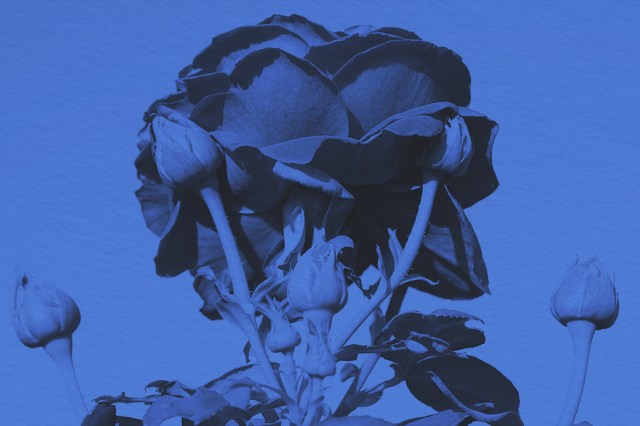
Let’s get one thing clear: If you’ve been saying “nip it in the butt,” then we’re here to nip that idea in the bud right now. The correct phrasing has always been “nip it in the bud” — an idiom dating back to the 16th century with very literal roots in the world of gardening. It means to stop a possible problem before it grows out of control, largely used in the context of situations with a concerning downward trajectory.
This phrase evolved out of a line in a 1595 romance work, Piers Plainnes Seaven Yeres Prentiship. Author Henry Chettle wrote, “nip thy affections in the bloome,” referring to the blossoming of a flower. In 1607, a phrase that’s more similar to the idiom used today appeared in Francis Beaumont and John Fletcher’s comedy The Woman Hater: “Yet I can frowne and nip a passion Euen in the bud.” In this context, it described quelling someone’s passion before it got completely out of control.
The historical metaphors drew from actual gardening practices that are still in use today. “Nip” means “to sever, remove, or take off by pinching,” and the word “bud” depicts a “flower (or leaf) at any stage of growth until fully opened.” So, to nip something in the bud very literally means to remove a part of the flower to stop it from growing any larger. The gardening practice of nipping buds (more commonly called “pinching”) may be used to control the plant’s growth in many ways. Metaphorically, “nip it in the bud” can be used in reference to stunting any type of potential growth, and doesn’t specifically apply to plants.
Today, people usually say “nip it in the bud” (not “butt”) when talking about preventing bad habits from getting out of control, or stopping a chaotic event from becoming even more unruly. Perhaps this lesson will ensure no one inadvertently talks about pinching someone’s rear end again.

















